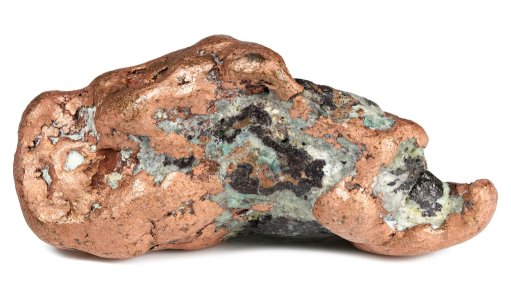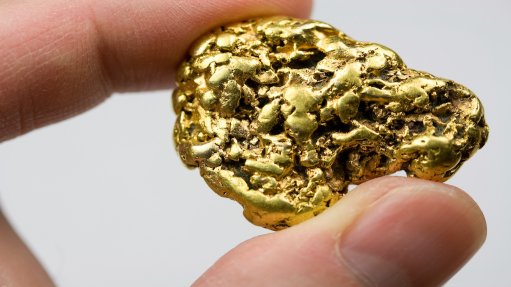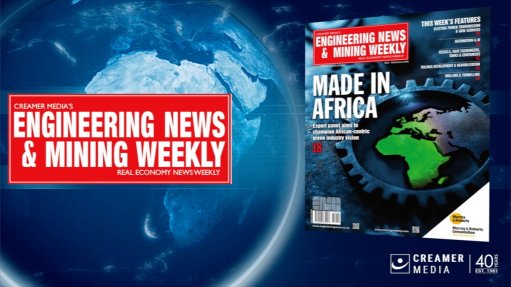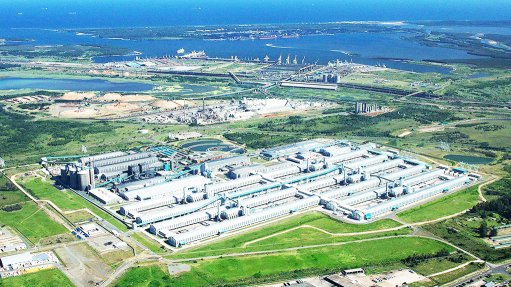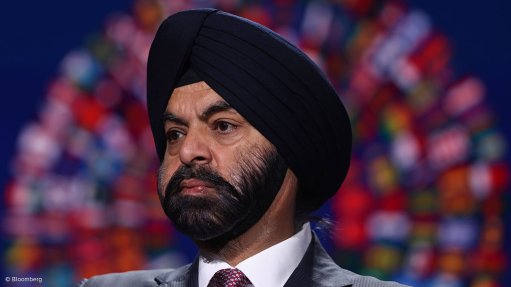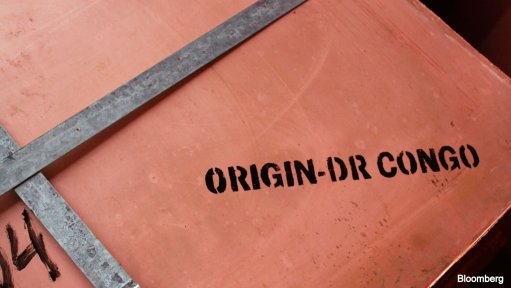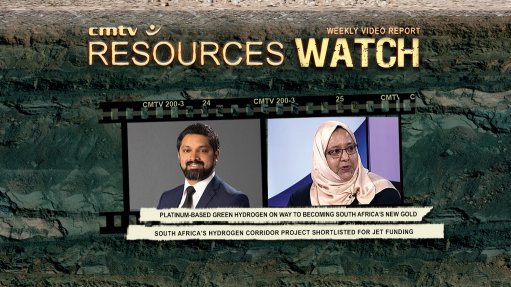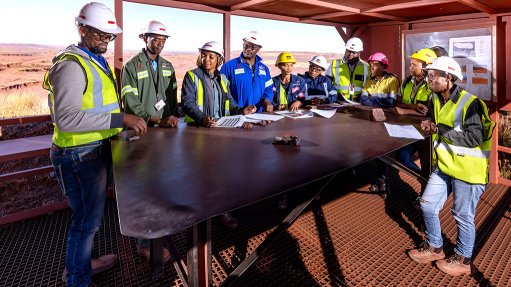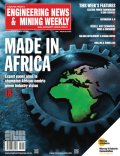Risks rise in critical minerals boom
New environmental and social challenges are likely to arise as the energy transition gains traction and demand for critical minerals increases, reports environmental, social and governance (ESG) insights, tools and data provider Sustainable Fitch.
The firm – in its ‘Critical mineral development will need to balance environmental and social risks’ report – reveals that the environmental impacts of mining activities, such as the release of greenhouse gas (GHG) emissions, water consumption and the creation and release of hazardous waste and pollution, have the potential to expose corporates and investors to risk.
Similarly, Sustainable Fitch notes that social concerns, including labour relations and local community or indigenous group opposition, are an important source of risk.
“In general, the specific environmental and social risks associated with individual critical minerals are not substantially different from those of other types of mineral resources,” says Sustainable Fitch associate director Jonathon Smith.
However, he says country and region-specific issues and concerns are worth noting, as they can significantly influence mineral-specific ESG risks, as a result of individual critical mineral supplies tending to be concentrated around one, or a few, countries.
Global action on climate change has created significant demand for raw materials that are used in the production of clean technologies, which has led to an increasing scarcity of essential critical minerals.
The criteria for defining critical minerals vary by jurisdiction, based on relative abundance and availability. Such criteria are defined by economic, political or strategic importance, coupled with their vulnerability to supply disruptions.
As the demand for these minerals accelerates, with some sources estimating an over thirtyfold rise in demand over the next few decades for some types, Sustainable Fitch believes that the associated environmental and social issues will become more relevant for companies, requiring greater diligence and oversight.
Therefore, Sustainable Fitch views these issues as increasingly relevant for ESG-focused investors, particularly in their engagement in instances when they engage with mining sector issuers and any direct financing of related projects.
Areas of Concern
The supply chain of cobalt – a mineral often used in electric vehicles (EV), lithium-ion batteries and consumer electronics – is highly concentrated, with the majority of its production occurring in the Democratic Republic of Congo (DRC), with a minority of its production being informal.
The report finds that cobalt production from the DRC is mainly from conventional mining projects that are primarily owned and managed by a small number of Chinese companies, as well as artisanal and small-scale mining (ASM), where individual Congolese miners pursue deposits.
ASM – a sector associated with significant sustainability concerns particularly over safety, labour rights and environmental pollution - accounts for between 15% and 30% of regional production in the DRC.
The lack of regulation and reputational risks associated with the indirect support of unethical cobalt production has become an increasing concern for buyers, creating demand for alternatives, such as sourcing cobalt from outside the DRC or by replacing or removing the mineral from batteries.
However, Sustainable Fitch notes that both alternatives carry distinct environmental and social challenges.
Even though large deposits of cobalt can be found outside the DRC, the firm points out that most is mined as a by-product of nickel or copper mining, thereby making it challenging to raise production through these avenues.
Additionally, while cobalt-free batteries exist, Sustainable Fitch says they can place additional emphasis on the use of nickel, which brings its own challenges.
Lithium, a popular mineral for high-cycle, deep discharge batteries, brings water-related challenges, according to the report.
Large amounts of lithium are located in South America, namely Bolivia, Chile and Argentina. While Australia is the largest producer, Sustainable Fitch points out that China is a major player for lithium.
Lithium mining can occur through conventional ore mining, which displaces large quantities of overburden in search of lithium-containing ores. The ores are then separated using mechanical and chemical processes.
However, Sustainable Fitch explains that lithium is more commonly mined through the use of brine deposits, which involves pumping large quantities of water into underground deposits and allowing brine ponds to evaporate, exposing lithium salts.
Lead times and GHG emissions are the biggest differences between the two processes, as well as the suitability for different technologies.
Brine operations in Latin America, for instance, have longer lead times — about seven years between investment and production, against four years for the hard rock lithium production carried out in Australia.
However, Sustainable Fitch notes that brine operations – which are better suited for the lithium carbonate used in the lithium-iron-phosphate batteries essential to the democratisation of EVs for middle and lower-middle-income households – report much lower GHG emissions intensity than ore-mined lithium, mainly processed for the lithium-nickel-manganese-cobalt oxide batteries used in the high-end market.
Nonetheless, Sustainable Fitch reports that while the impacts and risks associated with critical minerals mining cannot be entirely mitigated by the inherent nature of minerals
exploration and production, corporates and investors can reduce their risk by understanding the main risk transmission channels.
Comments
Press Office
Announcements
What's On
Subscribe to improve your user experience...
Option 1 (equivalent of R125 a month):
Receive a weekly copy of Creamer Media's Engineering News & Mining Weekly magazine
(print copy for those in South Africa and e-magazine for those outside of South Africa)
Receive daily email newsletters
Access to full search results
Access archive of magazine back copies
Access to Projects in Progress
Access to ONE Research Report of your choice in PDF format
Option 2 (equivalent of R375 a month):
All benefits from Option 1
PLUS
Access to Creamer Media's Research Channel Africa for ALL Research Reports, in PDF format, on various industrial and mining sectors
including Electricity; Water; Energy Transition; Hydrogen; Roads, Rail and Ports; Coal; Gold; Platinum; Battery Metals; etc.
Already a subscriber?
Forgotten your password?
Receive weekly copy of Creamer Media's Engineering News & Mining Weekly magazine (print copy for those in South Africa and e-magazine for those outside of South Africa)
➕
Recieve daily email newsletters
➕
Access to full search results
➕
Access archive of magazine back copies
➕
Access to Projects in Progress
➕
Access to ONE Research Report of your choice in PDF format
RESEARCH CHANNEL AFRICA
R4500 (equivalent of R375 a month)
SUBSCRIBEAll benefits from Option 1
➕
Access to Creamer Media's Research Channel Africa for ALL Research Reports on various industrial and mining sectors, in PDF format, including on:
Electricity
➕
Water
➕
Energy Transition
➕
Hydrogen
➕
Roads, Rail and Ports
➕
Coal
➕
Gold
➕
Platinum
➕
Battery Metals
➕
etc.
Receive all benefits from Option 1 or Option 2 delivered to numerous people at your company
➕
Multiple User names and Passwords for simultaneous log-ins
➕
Intranet integration access to all in your organisation






